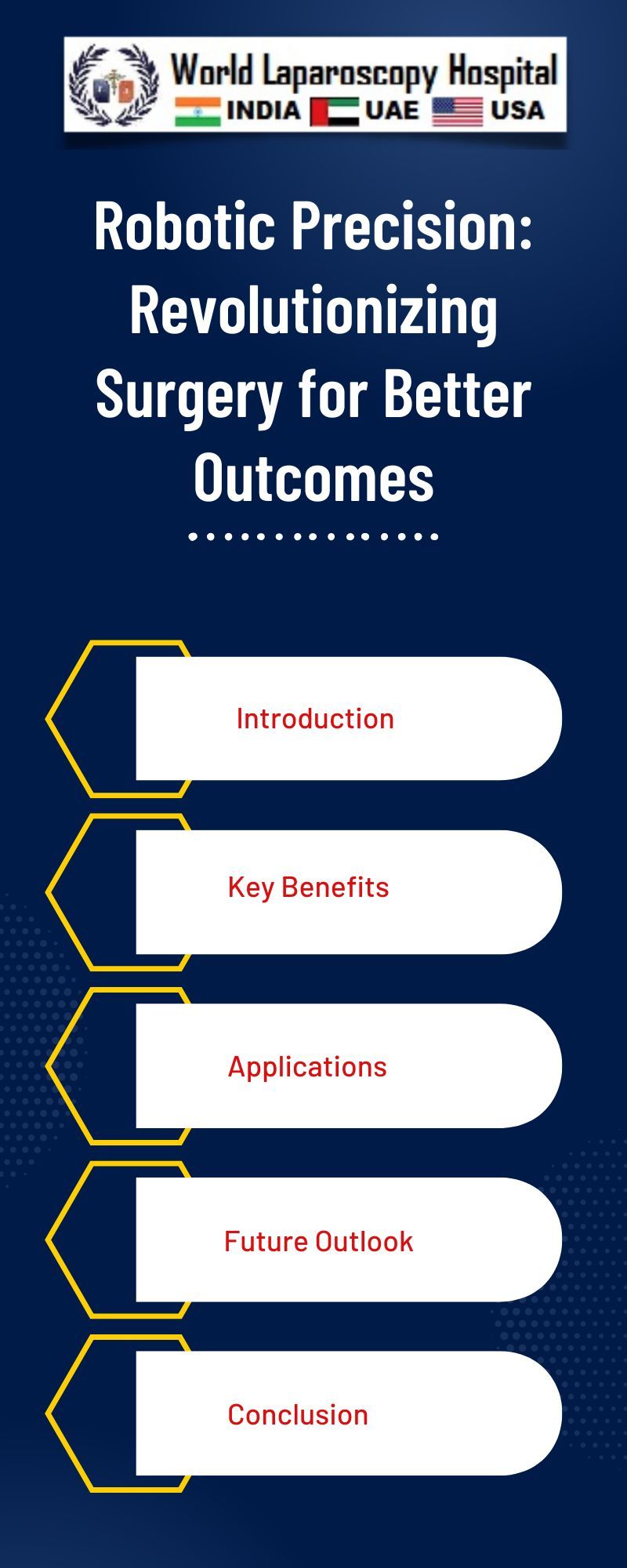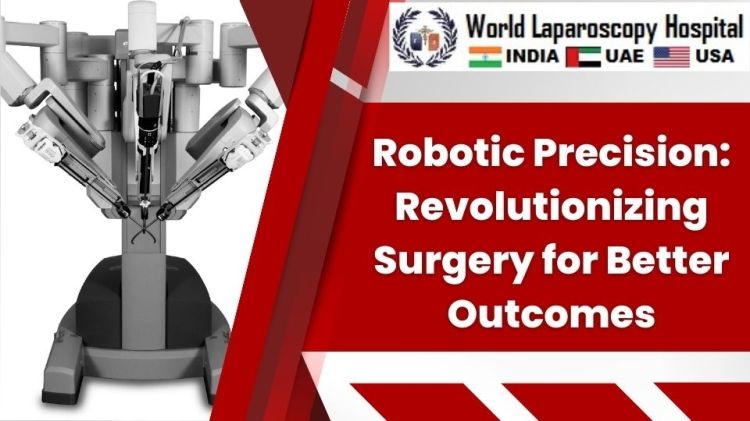Introduction:
In the realm of modern medicine, technology continues to revolutionize the way surgeries are performed, pushing the boundaries of what was once deemed possible. Among these groundbreaking advancements, robotic precision in surgery stands out as a transformative force, reshaping traditional practices and offering new avenues for improved patient outcomes. This article delves into the intricate world of robotic-assisted surgery, exploring its evolution, applications, benefits, and the future it promises in the field of healthcare.

The Evolution of Robotic Surgery:
The concept of robotic-assisted surgery dates back to the 1980s when researchers and engineers began exploring ways to integrate robotic systems into surgical procedures. Early attempts were rudimentary, marked by limited capabilities and high costs. However, as technology progressed, so did the potential for robotic precision in surgery.
One of the pivotal moments in the evolution of robotic surgery occurred with the development of the da Vinci Surgical System by Intuitive Surgical in the late 1990s. This groundbreaking platform introduced a new era of minimally invasive surgery, allowing surgeons to perform complex procedures with enhanced dexterity and precision.
The da Vinci Surgical System consists of robotic arms equipped with miniaturized surgical instruments and a high-definition camera. Surgeons operate these instruments from a console, where their hand movements are translated into precise movements by the robotic arms inside the patient's body. This combination of human skill and robotic precision opened up a myriad of possibilities in various surgical specialties, including urology, gynecology, general surgery, and more.
Applications of Robotic Precision in Surgery:
Robotic-assisted surgery has found applications across a wide range of medical specialties, offering solutions to complex surgical challenges. In urology, for instance, the da Vinci system has become a cornerstone in the treatment of prostate cancer, enabling surgeons to perform nerve-sparing prostatectomies with greater precision, resulting in reduced blood loss, shorter hospital stays, and faster recovery times for patients.
Similarly, in gynecology, robotic surgery has revolutionized procedures such as hysterectomies and myomectomies, providing surgeons with enhanced visualization and maneuverability in tight spaces within the pelvic cavity. This minimally invasive approach reduces trauma to surrounding tissues, leading to less postoperative pain and scarring for patients.
In the field of general surgery, robotic-assisted procedures have expanded to include operations such as colorectal surgery, bariatric surgery, and hernia repair. The precision offered by robotic systems allows surgeons to perform intricate maneuvers with greater accuracy, minimizing the risk of complications and improving patient outcomes.
Benefits of Robotic Precision:
The adoption of robotic-assisted surgery has brought forth a multitude of benefits for both patients and healthcare providers. One of the most significant advantages is the minimally invasive nature of robotic procedures, which translates to smaller incisions, reduced blood loss, and faster recovery times compared to traditional open surgery.
Furthermore, robotic systems provide surgeons with enhanced visualization and magnification, allowing them to navigate complex anatomical structures with greater clarity and precision. This improved visualization is especially crucial in procedures where precision is paramount, such as nerve-sparing surgeries or delicate tissue dissections.
Moreover, robotic surgery offers patients the opportunity for shorter hospital stays and quicker return to normal activities, contributing to overall patient satisfaction and quality of life. By reducing the trauma associated with surgery, robotic precision minimizes postoperative pain and discomfort, enabling patients to resume their daily routines sooner.
Another notable benefit of robotic-assisted surgery is its potential for reducing the risk of complications and adverse events. The precise movements of robotic instruments minimize inadvertent damage to surrounding tissues, nerves, and blood vessels, thereby lowering the likelihood of postoperative complications such as infections or prolonged recovery.
Future Directions and Challenges:
While robotic precision in surgery has made significant strides, the field continues to evolve with ongoing research and technological advancements. Future developments may include the integration of artificial intelligence algorithms to enhance surgical decision-making and improve outcomes further.
However, challenges remain, including the high cost of robotic systems, limited access in certain healthcare settings, and the need for specialized training for surgeons and operating room staff. Addressing these challenges will be crucial in ensuring the widespread adoption and continued advancement of robotic-assisted surgery.
Conclusion:
Robotic precision in surgery represents a paradigm shift in the way surgical procedures are performed, offering unparalleled accuracy, efficiency, and patient outcomes. From its humble beginnings to its current widespread use across various specialties, robotic-assisted surgery has proven to be a game-changer in modern healthcare.
As technology continues to evolve and barriers to adoption are addressed, the future of robotic precision in surgery holds immense promise. With continued innovation and collaboration between engineers, surgeons, and healthcare providers, robotic-assisted surgery will undoubtedly play a central role in shaping the future of surgical care, ultimately leading to better outcomes and improved quality of life for patients worldwide.
